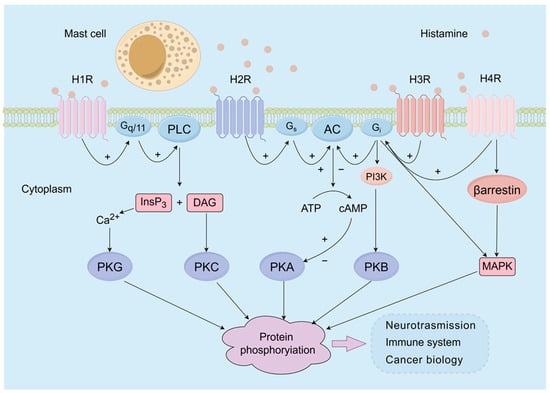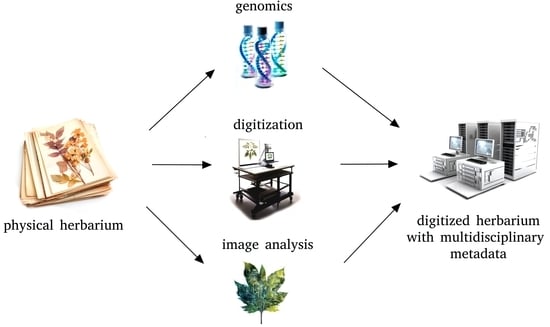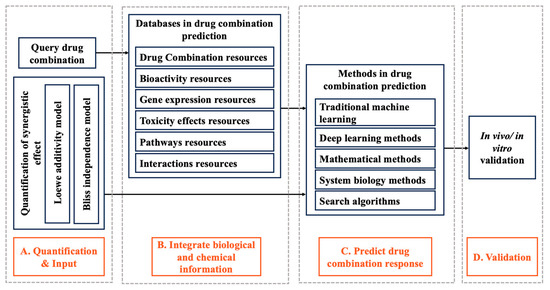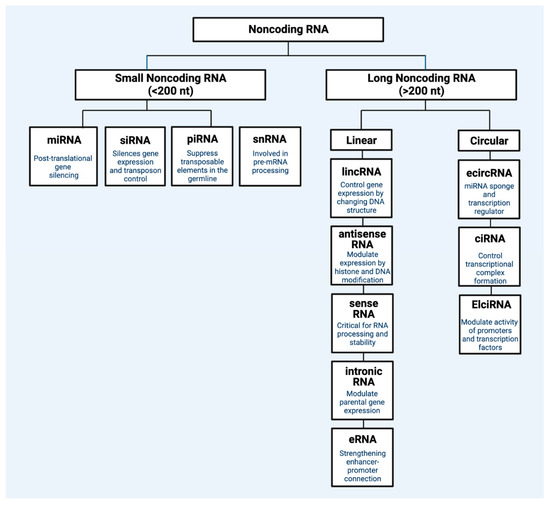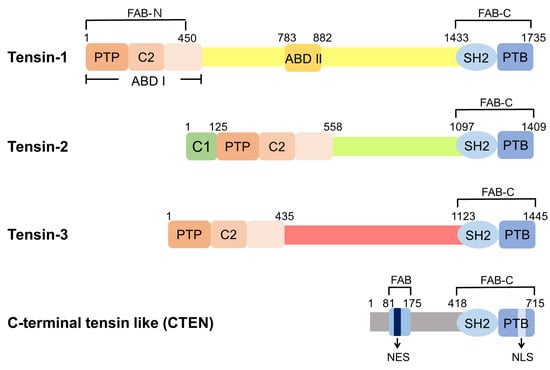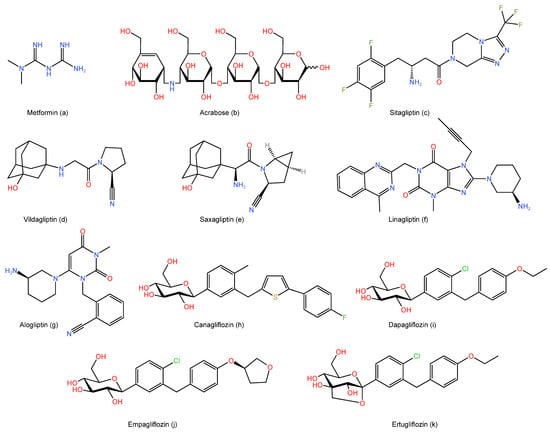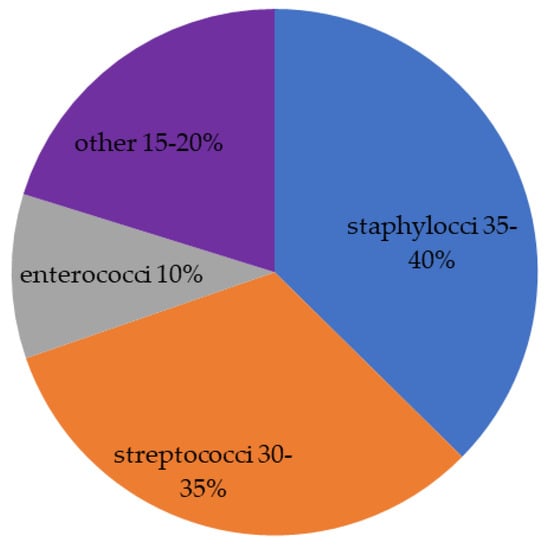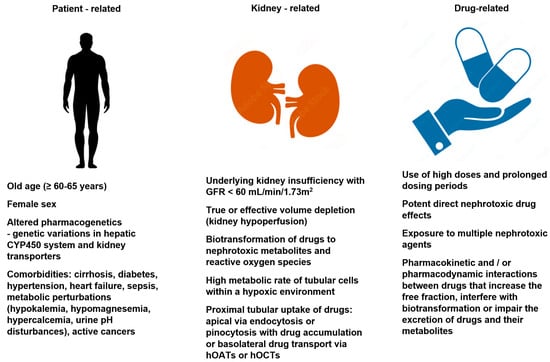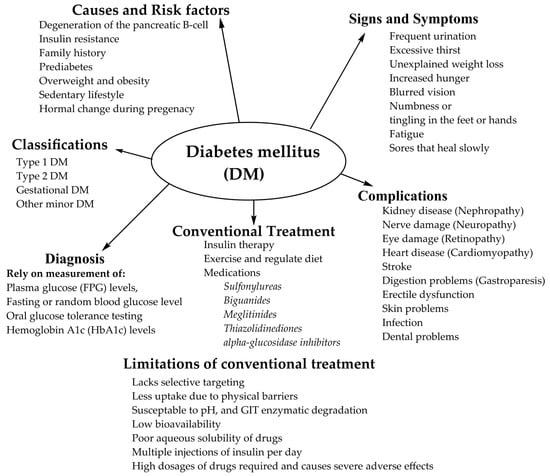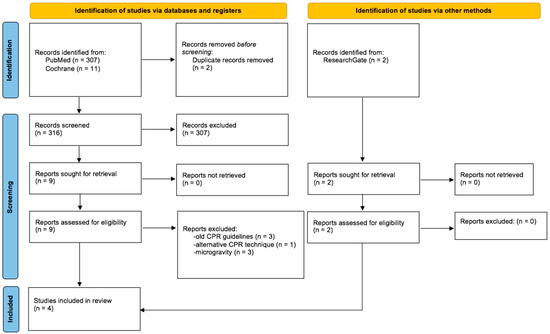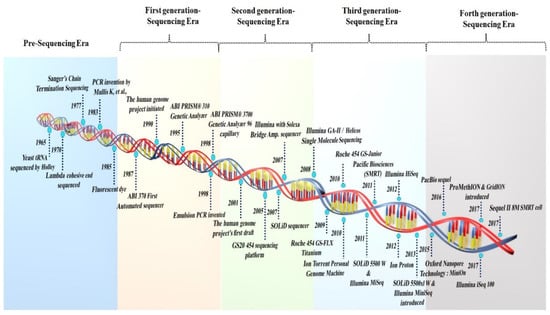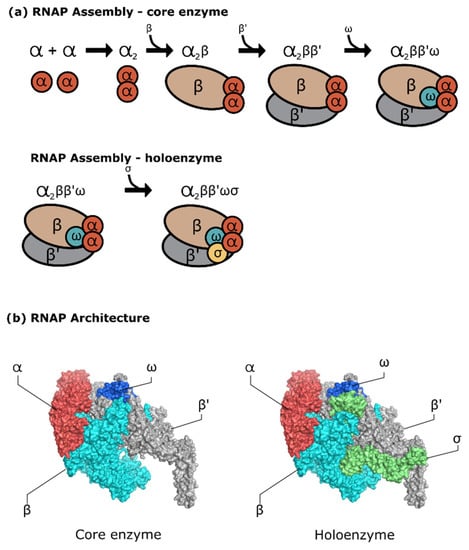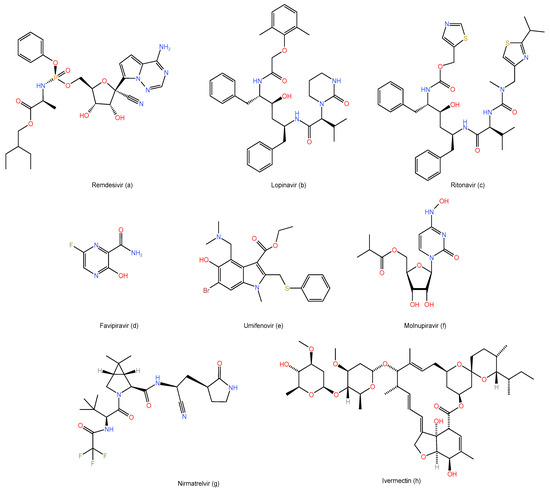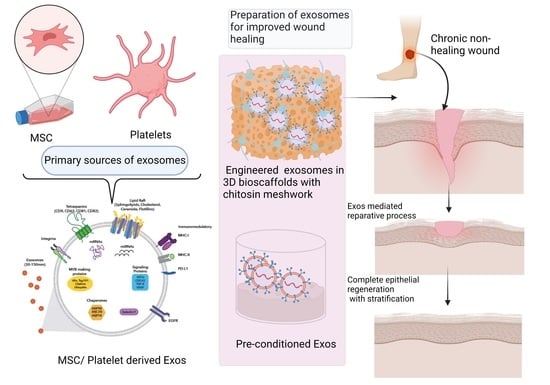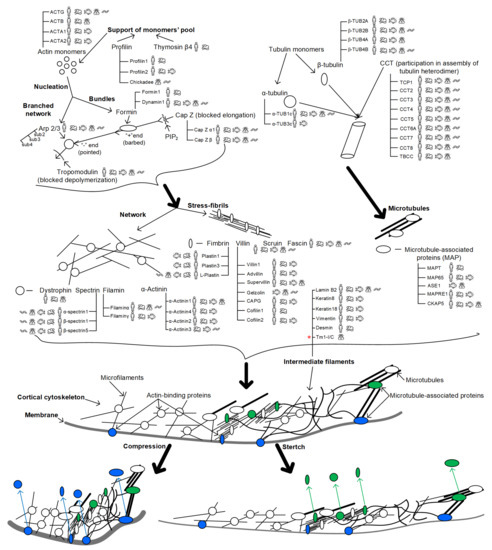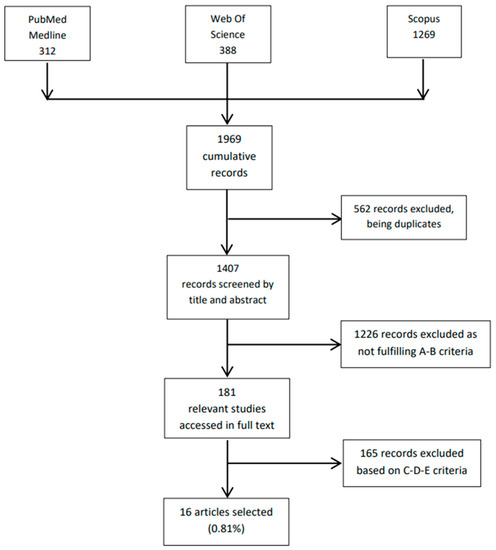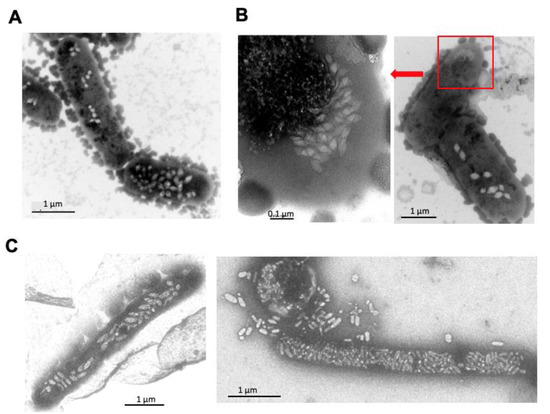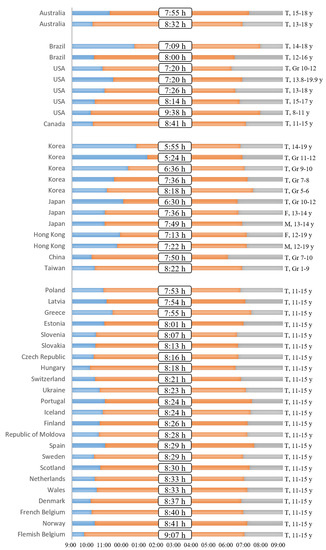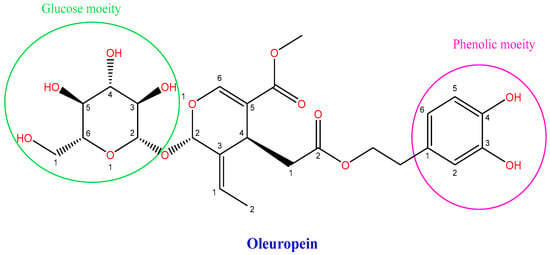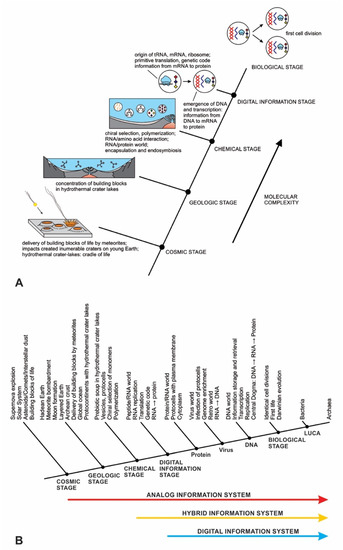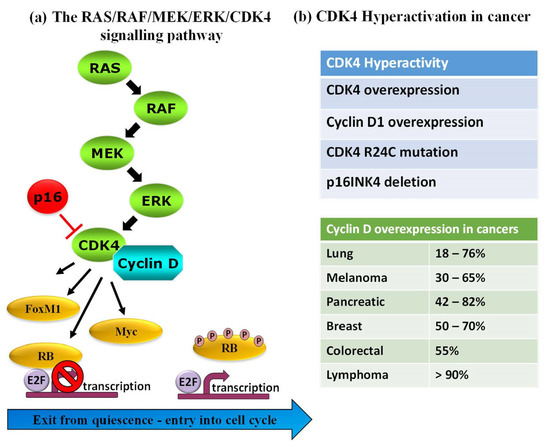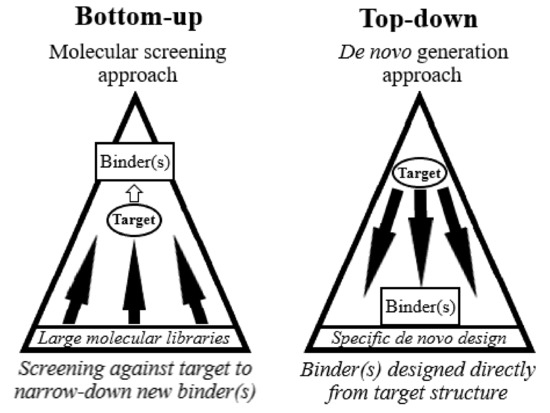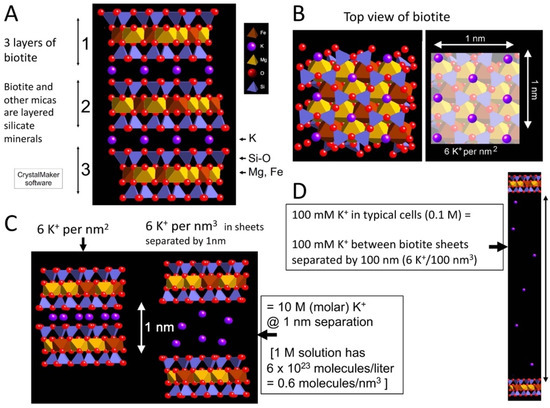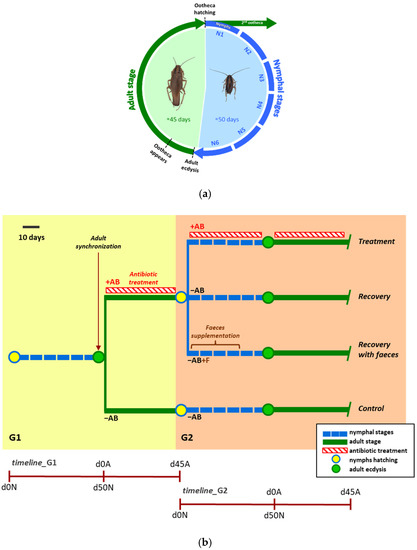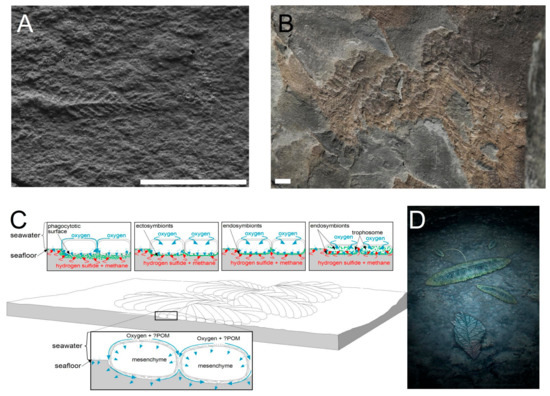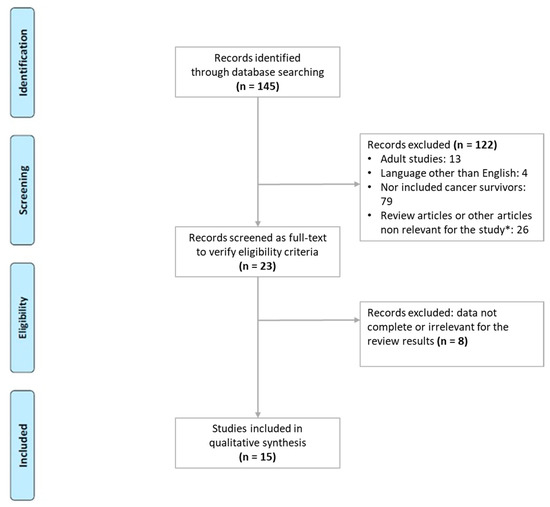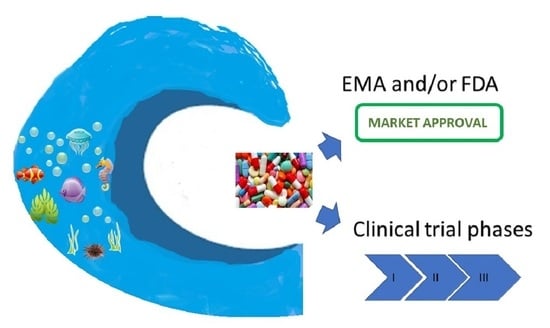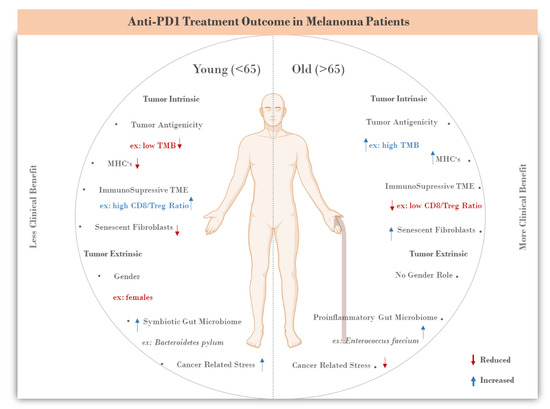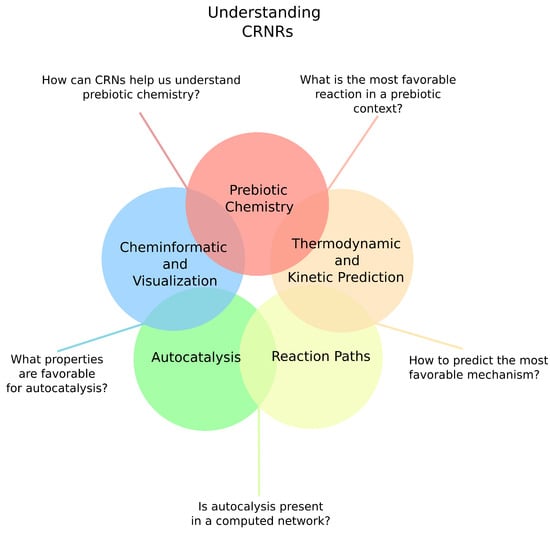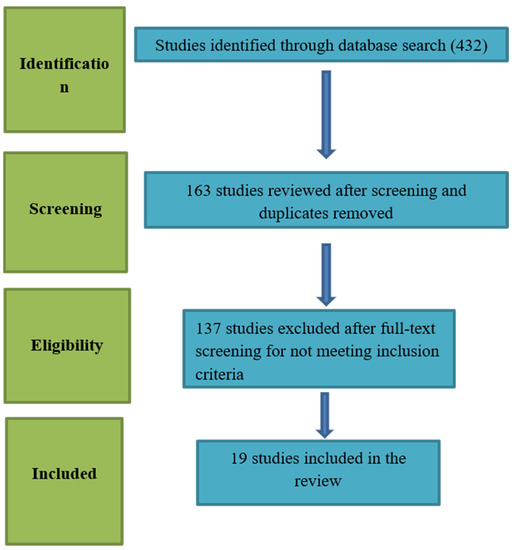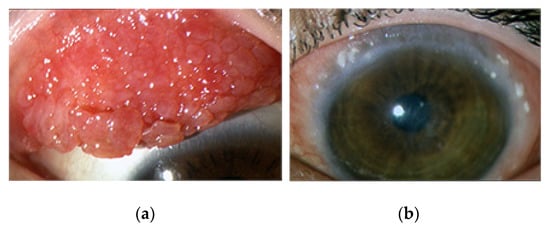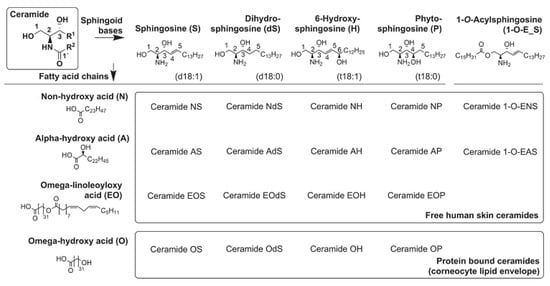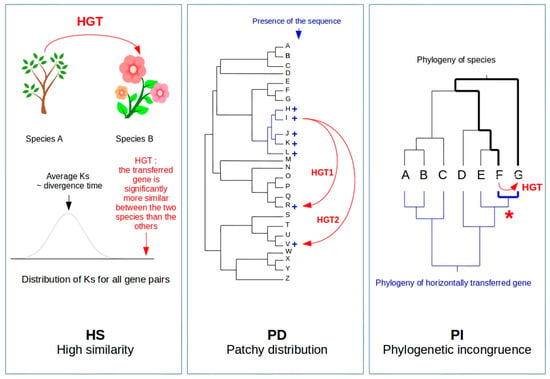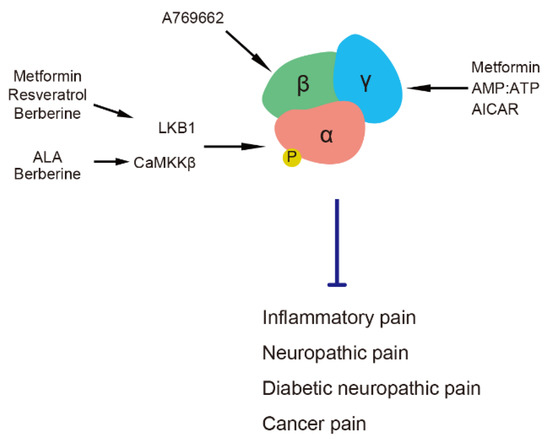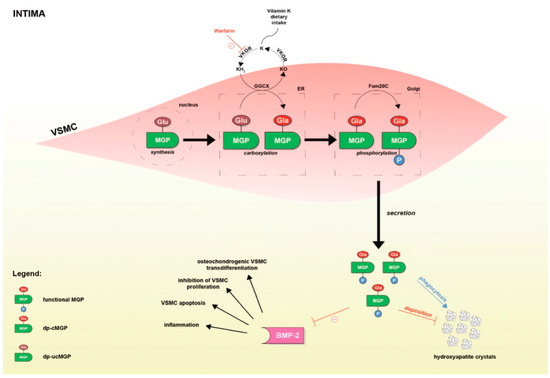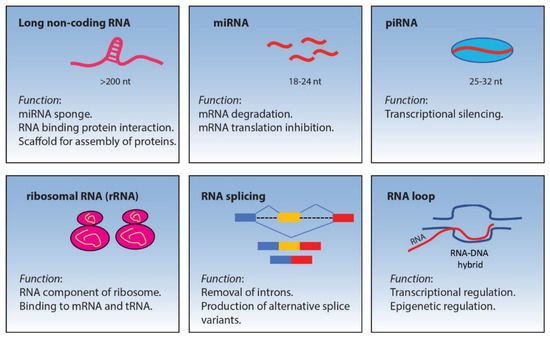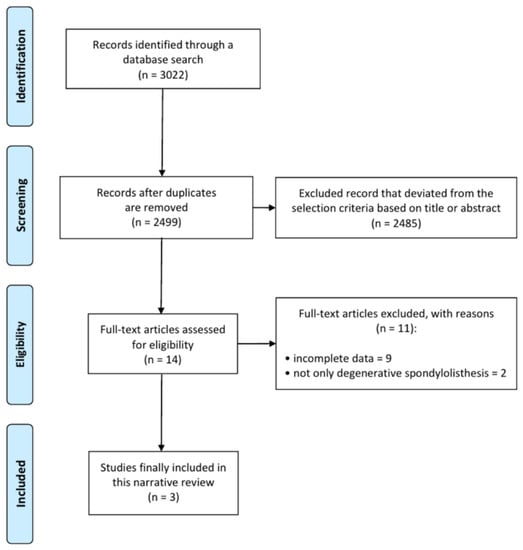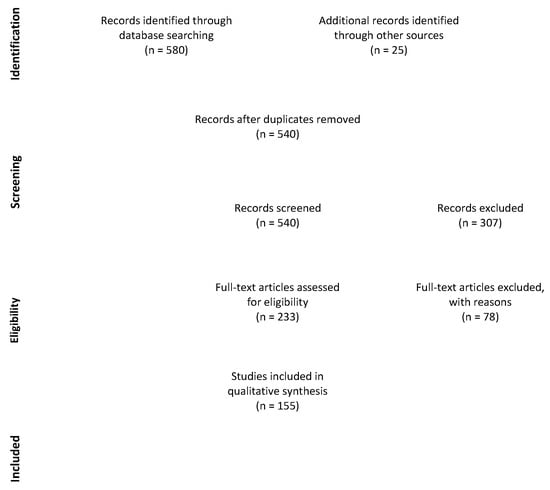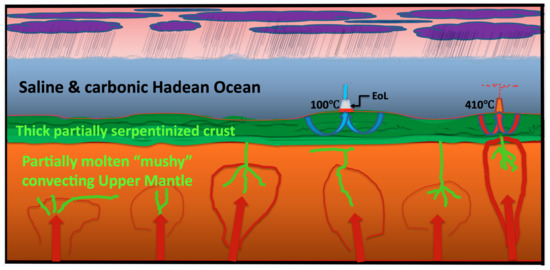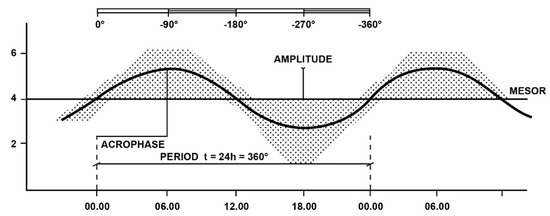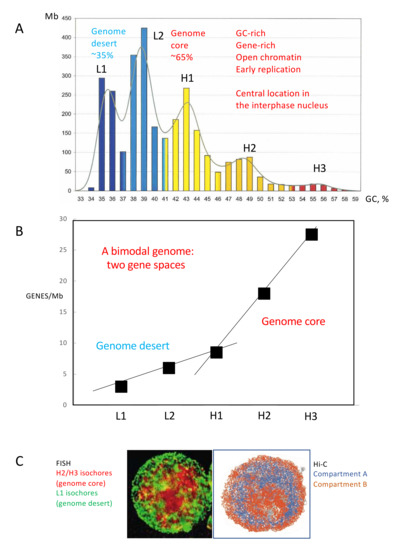Feature Review Papers for Life
A topical collection in Life (ISSN 2075-1729).
Viewed by 190177Editors
2. Jet Propulsion Laboratory, California Institute of Technology, Pasadena, CA 91125, USA
Interests: emergence of life; emergence of oxygenic photosynthesis; giant sedimentary exhalative orebodies; nanoengines; chemobrionics
Interests: planetary habitability; astrobiology; evolutionary biology; extreme environments; geobiology; space missions
Special Issues, Collections and Topics in MDPI journals
Interests: plant genomics; plant evolution; system biology in plants
Special Issues, Collections and Topics in MDPI journals
Interests: oxidative stress; vascular calficiation and cardiovascular disease in diabetics; chronic kidney disease and hemodialysis
Special Issues, Collections and Topics in MDPI journals
Interests: liver cirrhosis; sarcopenia; liver-gut axis; viral hepatitis; hepatocellular carcinoma
Special Issues, Collections and Topics in MDPI journals
Interests: neurosurgery; CyberKnife; radiosurgery
Special Issues, Collections and Topics in MDPI journals
Topical Collection Information
Dear Colleagues,
This Special Issue aims to collect high quality review papers in the Life sciences’ research fields. We encourage researchers from various fields within the journal’s scope to contribute review papers highlighting the latest developments in their research field, or to invite relevant experts and colleagues to do so. The topic of this Special Issue includes, but is not limited to:
origins of life, astrobiology, biology, protein, ecology, genetics, plant science, animal science, medicine, physiology and pathology.
Such review papers should provide syntheses of ideas and have the potential to challenge existing paradigms and create new frameworks that will advance our understanding of all aspect of Life.
Review manuscripts should comprise the front matter, literature review sections and the back matter. The template file can also be used to prepare the front and back matter of your review manuscript. It is not necessary to follow the remaining structure. Structured reviews and meta-analyses should use the same structure as research articles and ensure they conform to the PRISMA guidelines.
Prof. Dr. Michael Russell
Prof. Dr. Dirk Schulze-Makuch
Prof. Dr. Kousuke Hanada
Dr. Stefanos Roumeliotis
Dr. Hiroki Nishikawa
Dr. Alfredo Conti
Guest Editors
Manuscript Submission Information
Manuscripts should be submitted online at www.mdpi.com by registering and logging in to this website. Once you are registered, click here to go to the submission form. Manuscripts can be submitted until the deadline. All submissions that pass pre-check are peer-reviewed. Accepted papers will be published continuously in the journal (as soon as accepted) and will be listed together on the collection website. Research articles, review articles as well as short communications are invited. For planned papers, a title and short abstract (about 100 words) can be sent to the Editorial Office for announcement on this website.
Submitted manuscripts should not have been published previously, nor be under consideration for publication elsewhere (except conference proceedings papers). All manuscripts are thoroughly refereed through a single-blind peer-review process. A guide for authors and other relevant information for submission of manuscripts is available on the Instructions for Authors page. Life is an international peer-reviewed open access monthly journal published by MDPI.
Please visit the Instructions for Authors page before submitting a manuscript. The Article Processing Charge (APC) for publication in this open access journal is 2600 CHF (Swiss Francs). Submitted papers should be well formatted and use good English. Authors may use MDPI's English editing service prior to publication or during author revisions.











